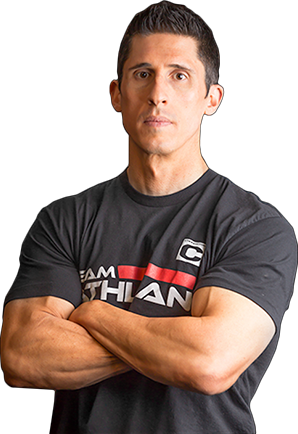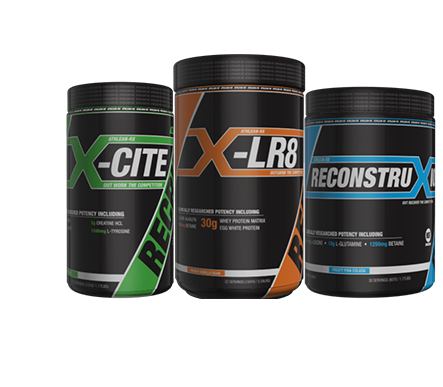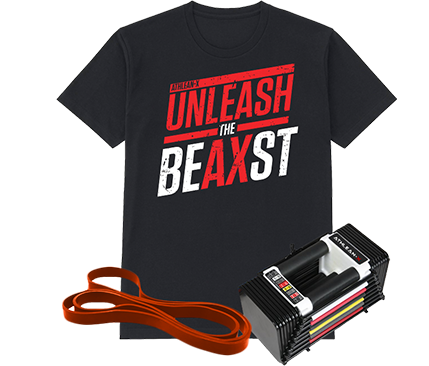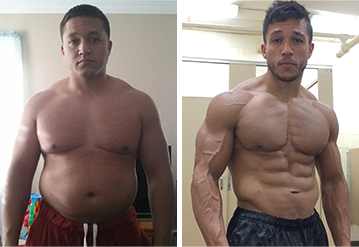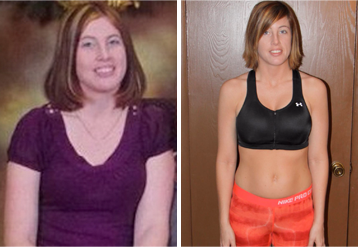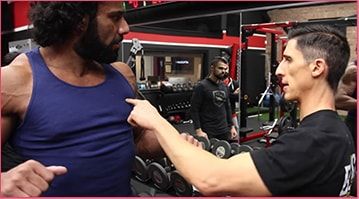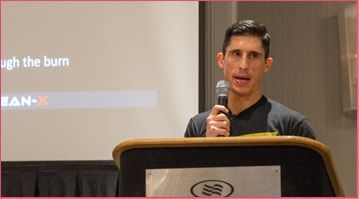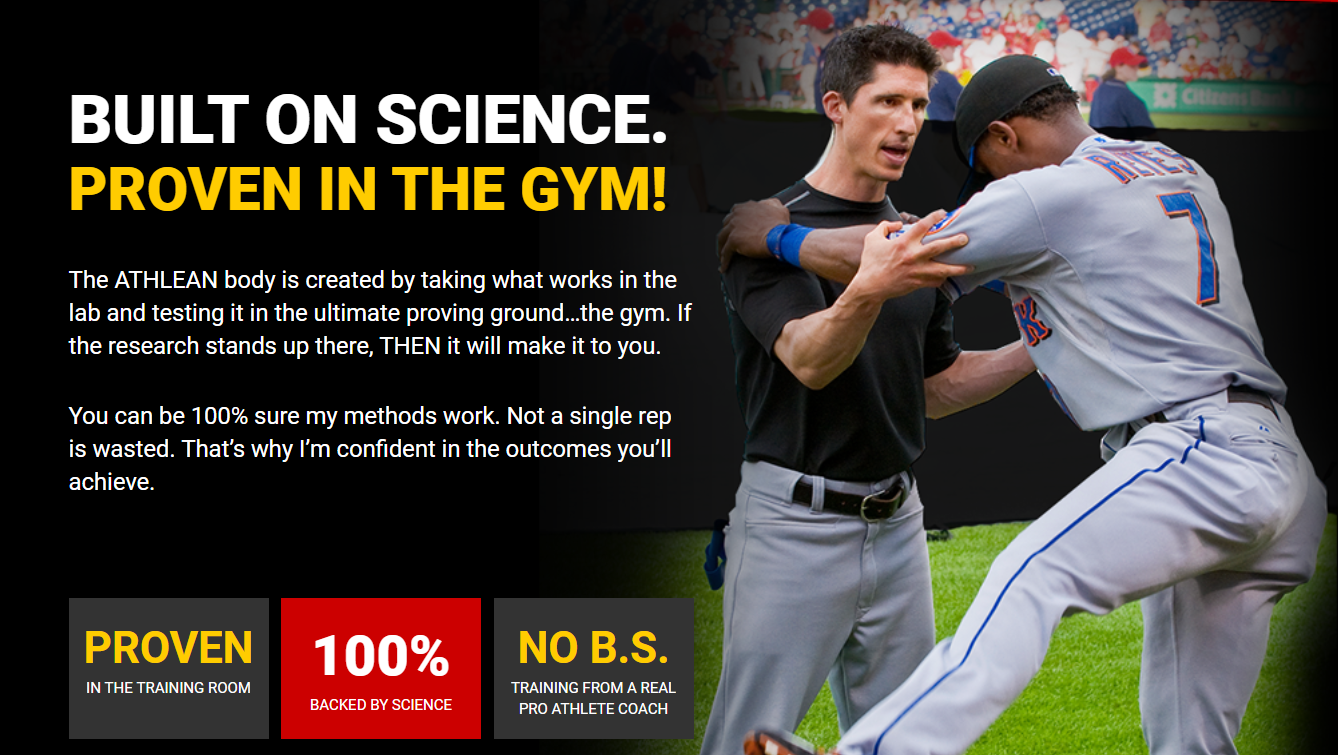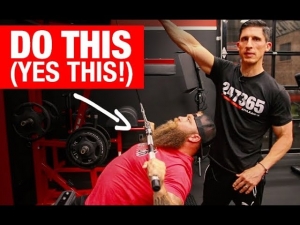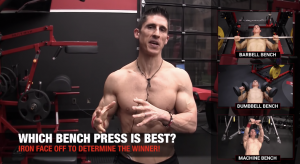THE PROBLEM WITH THE INCLINE BENCH PRESS
The Incline Bench Press is one of the best upper chest exercises there is, but there’s one major problem preventing us from getting the maximum benefit out of it.
The front delt likes to dominate the movement, taking away from the action of the upper chest.
You see, these two muscles – the front delt and the upper chest fibers – are really close to each other, which means that one of the two can really start dominating the other if we don’t do the exercise correctly. So I want to show you the two most common mistakes that most people are making with the Incline Bench Press that are preventing them from maximizing their upper chest gains. And I’m going to be breaking out the Muscle Markers to help you get more out of this exercise.
ANATOMY OF THE UPPER CHEST
To start, you have to understand the anatomy of the upper chest region.
The front deltoid and clavicular portion of the pec major are very close together and can tend to interfere with the action of one another if you allow it.
The front deltoid gets a great deal of work from not just shoulder workouts and exercises, but as an assistant on many chest and pushing exercises as well as any every day activities that we do in the front of our body. This causes the front delt to become almost too active, especially during exercises that we are trying to stress the upper chest like the Incline Bench Press.
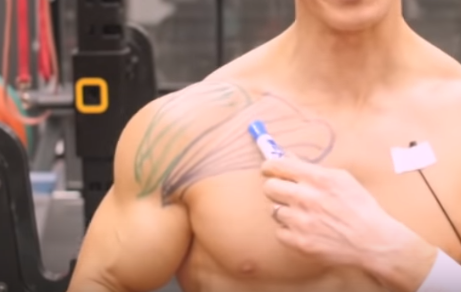
Front Delt and Upper Chest Muscles Are Close Enough To Interfere With One Another
You can see how the Muscle Markers indicate just how close these two muscle groups are, and how it is all too easy for the front delts to take over on the Incline Bench Press, leaving you with suboptimal upper chest recruitment during this exercise. Let’s take a look at two of the most common mistakes people make in the gym and how to fix them so you can get the most out of your Incline Bench Press.
MISTAKE #1: USING THE WRONG BENCH ANGLE
In order to get the front shoulder to do less of the work and allow the pecs to do more, you have to first get the angle of the incline bench press correct when you do the exercise. So, what is the angle that you want to use on the bench in order to hit the upper chest the most?
An Upright Shoulder Press is going to maximize the attention that front delts get, because it’s straight up against gravity.
You can see this muscle is working and shortening up against the force of gravity, right through here.

Upright Shoulder Press Position
If I were to back off the angle of the Upright Shoulder Press and set the bench at 60 degrees – which is one of the most common angles that people will do an Incline Bench Press – then you’re going to shift the focus down a little bit. But you can see this is a pretty large muscle and it’s not enough to put the focus down through the mid-belly of the upper chest. So 60 degrees is not low enough and you might want to go a bit lower.

Incline Bench Press at 60 Degrees
Here I’m adjusting the bench down to 45 degrees, and that’s somewhat better. Anytime you start going lower, you’re shifting that focus down, but at 45 degrees you’re still not really there.

Incline Bench Press at 45 Degrees
Research shows that the correct angle of the Incline Bench Press should be 30 degrees from flat to target the upper chest.
30 degrees may seem like a very small angle, but it is optimal for placing the strain on your upper pecs and minimizing the effect on the front delts. Many people will stay much too upright when performing this chest exercise and effectively wind up hitting their shoulders too much. If you realize that a completely vertical position (90 degrees elevated) would hit your shoulders primarily, and that a completely flat position at 0 degrees would hit your middle chest, you understand that you’ll need to lower the bench quite a bit before it hits the upper pecs.

Incline Bench Press at 30 Degrees
MISTAKE #2: NOT ENGAGING THE SHOULDER BLADES
As you’ve seen me bang out a couple reps of the Incline Bench Press at 30 degrees, notice the position of my shoulder. When the front delt becomes dominant, our shoulders tend to round forward. A lot of people reading this are probably sitting there right now with shoulders rounded forward. That’s common, unfortunately.
What happens is, the front delt is actually put in more of a position of power in relation to the chest. It’s actually standing out more, willing and able to push more and spring to action more quickly than your upper chest. We can silence that by getting it back where it belongs, allowing the chest to now be in a better position to contract. The way to do that is through positioning our shoulders in the right direction.
We want to make sure that whenever we press upward, we contract the shoulder blades back and down.

Contraction of the Shoulder Blades Back and Down
This back and down position places your shoulders backward in a position where they can be less dominant in the Incline Bench Press and put your pecs at the center of the action.
With the 30 degree angle on the bench, gravity helps to position the shoulders back and down, but you can’t just rely on the fact that the bench is helping you get there. You do need to actively contract your shoulder blades as well to ensure that this happens. This makes it much easier for the chest to be in a position of power and therefore increase their contribution to the Incline Bench Press. This, over time, will lead to greater chest muscle growth particularly in the upper chest.

Demonstrating the difference between only being leaned back at that 30 degree bench angle and then actively contracting the shoulder blades.
HOW TO MAKE THE INCLINE BENCH PRESS AN EFFECTIVE UPPER CHEST EXERCISE
- Because the front delt and the upper chest muscles are so close together, the front delt has a tendency to dominate in the Incline Bench Press. There are two common mistakes that make this delt dominance more pronounced.
- Mistake #1: Using the wrong bench angle exacerbates this program. Research shows that a 30 degree bench angle is the best for the upper chest.
- Mistake #2: Not engaging the shoulder blades also makes shoulders round forward which allows the front delt to be dominant. Making an intentional down and back movement of the shoulder blades helps the upper chest to be in a better position to contract.
I hope you’ve found this detailed breakdown of the Incline Bench Press to be helpful. Remember, this is about putting the science back in strength. I don’t like to just tell you which are the best exercises to do but instead WHY they’re good and how to get the most out of them so you can get better results faster when you follow our training.
For a complete workout program that puts the science back in strength to help you get much more out of every workout you do, check out the ATHLEAN-X Training System. See how training like an athlete can get you better results AND faster results by cutting down on your wasted time and workout mistakes.



